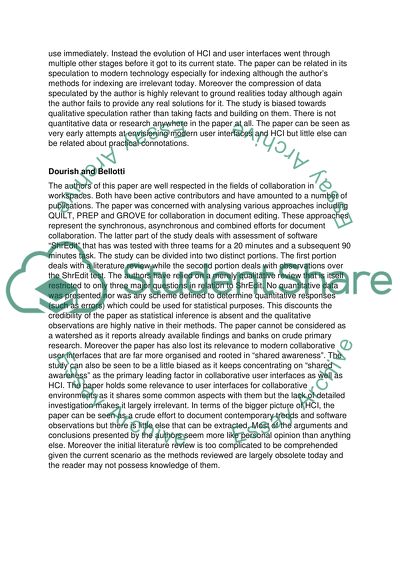Cite this document
(“Human computer interaction Annotated Bibliography”, n.d.)
Retrieved de https://studentshare.org/information-technology/1391186-human-computer-interaction
Retrieved de https://studentshare.org/information-technology/1391186-human-computer-interaction
(Human Computer Interaction Annotated Bibliography)
https://studentshare.org/information-technology/1391186-human-computer-interaction.
https://studentshare.org/information-technology/1391186-human-computer-interaction.
“Human Computer Interaction Annotated Bibliography”, n.d. https://studentshare.org/information-technology/1391186-human-computer-interaction.


